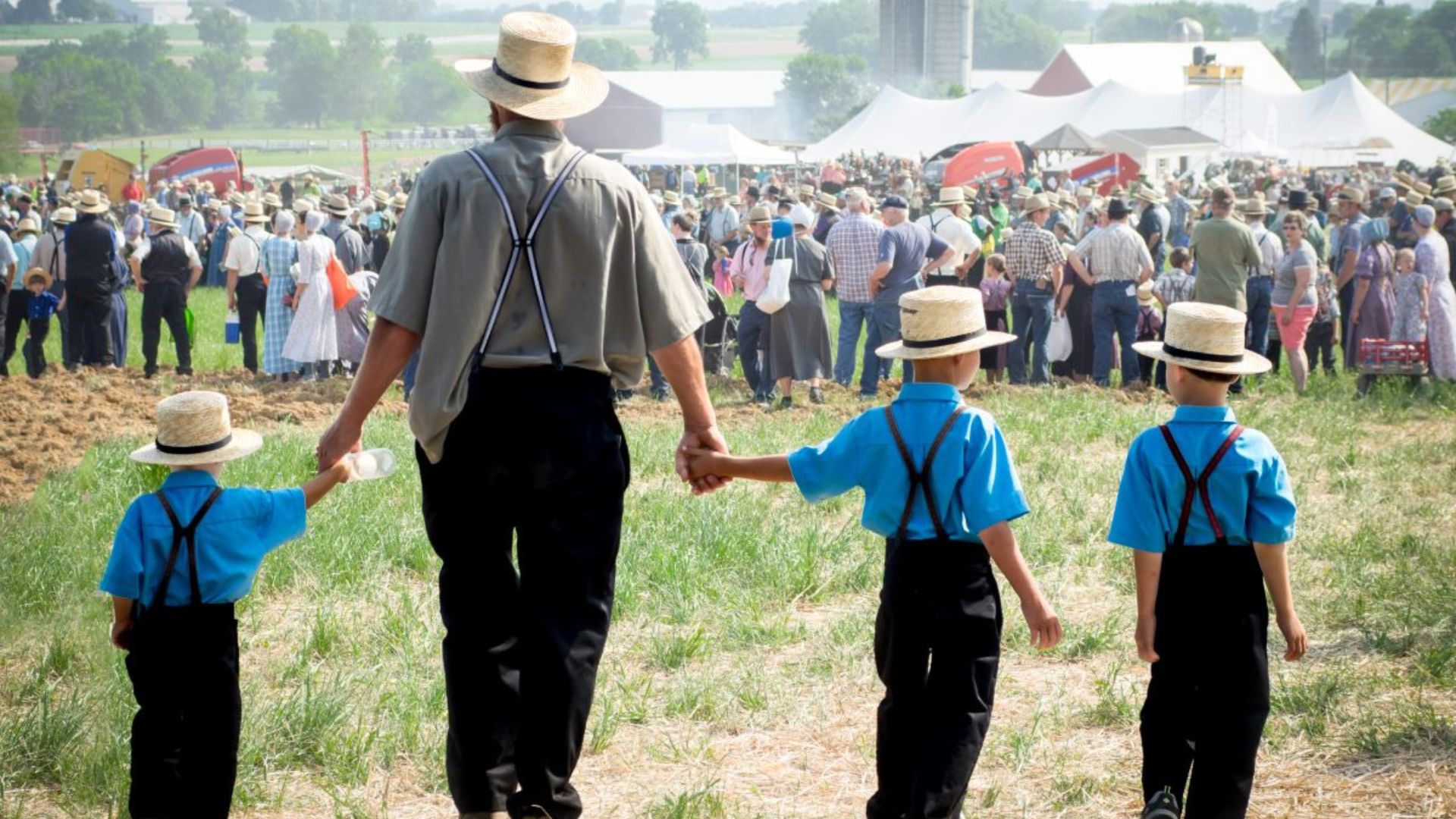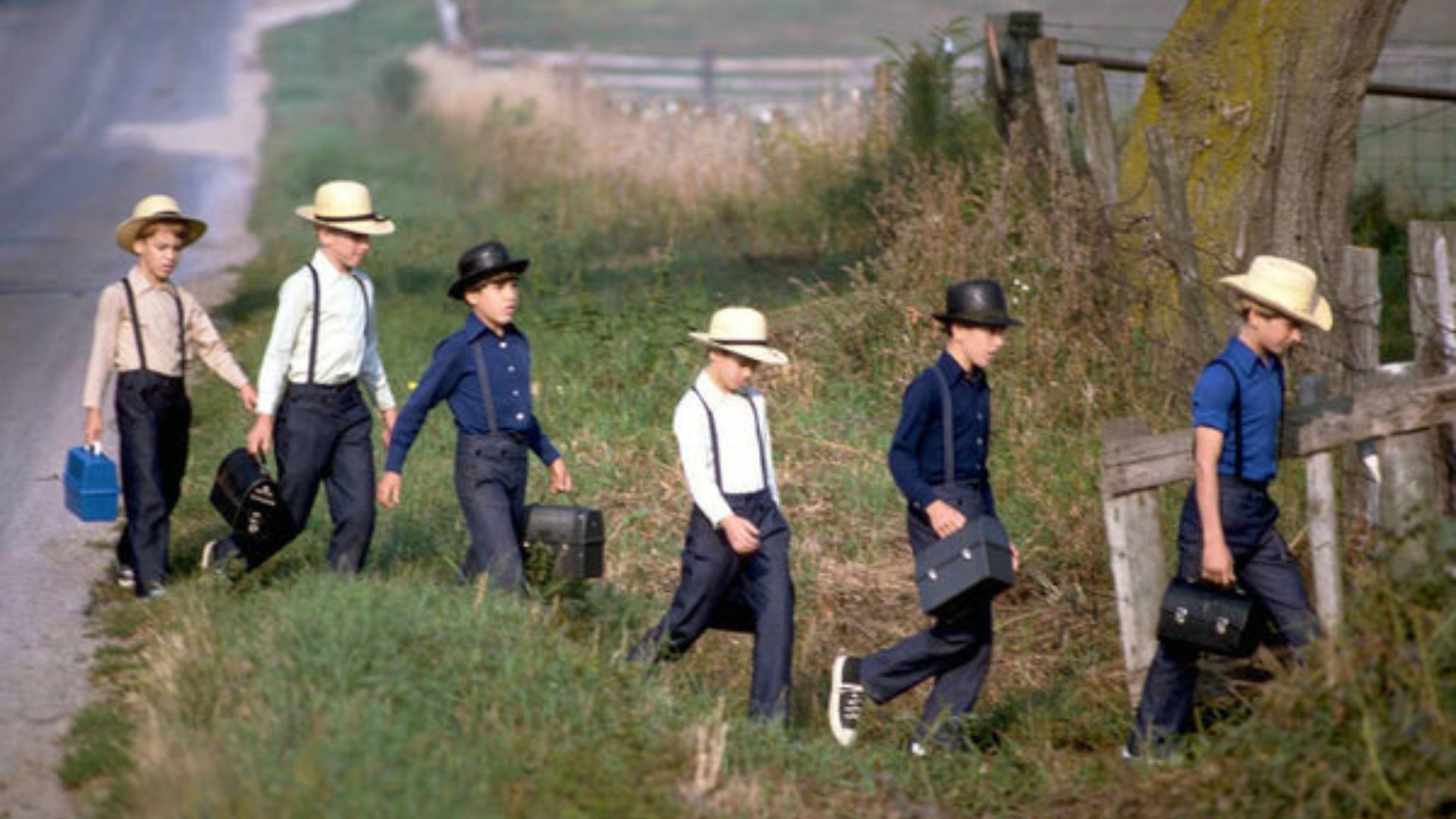How to Study Amish History
The Amish are often portrayed as a mysterious people living apart from the modern world, guided by faith and tradition. But behind their lifestyle lies a rich, complex, and deeply spiritual history. Whether you’re a student, a history enthusiast, or simply curious, learning how to study Amish history can offer meaningful insights into religion, migration, resilience, and cultural preservation.
Studying Amish history is not just about collecting facts—it’s about understanding a worldview that values humility, community, and simplicity. Here’s how to begin your journey.
Start with the Foundations: Anabaptist Origins
To understand the Amish, you must begin with the Anabaptist movement of the early 1500s in Europe. The Amish are one of several groups that emerged from this radical wing of the Protestant Reformation.
What to Learn:
- The split from Catholic and Protestant churches
- Beliefs such as adult baptism, nonviolence, and separation from the world
- Persecution of Anabaptists and how it shaped their faith
Many Amish traditions are rooted in this early period, so this background is essential for any serious study.
Read Authoritative Books on Amish History
Books remain the most effective way to gain a deep and balanced understanding of Amish history. Look for works by scholars who have spent years researching and engaging with Amish communities.
Recommended Titles:
- “The Amish” by Donald B. Kraybill, Steven Nolt, and Karen M. Johnson-Weiner – A comprehensive study covering history, culture, and beliefs.
- “Amish Society” by John A. Hostetler – A foundational text that offers deep historical and sociological insight.
- “The Riddle of Amish Culture” by Donald B. Kraybill – Focuses on how the Amish adapt while maintaining tradition.
- “Plain Faith” by Ora Jay and Irene Eash – A personal memoir offering a lived perspective of Amish belief and transformation.
These books provide context, firsthand accounts, and well-researched historical details.
Visit Museums and Heritage Centers
One of the best ways to study Amish history is by immersing yourself in places that preserve and interpret their story. Several museums across the U.S. provide powerful insights into Amish origins, traditions, and migration.
Notable Museums:
- Amish and Mennonite Heritage Center (Berlin, Ohio)
- Lancaster Mennonite Historical Society (Lancaster, Pennsylvania)
- Menno-Hof Amish-Mennonite Center (Shipshewana, Indiana)
- Hans Herr House & Museum (Willow Street, Pennsylvania)
These institutions offer historical exhibits, documents, visual storytelling, and sometimes even guided tours. They make Amish history tangible and relatable.
Explore Academic Resources and Journals
For more advanced study, especially for students or researchers, academic centers and journals provide scholarly perspectives on Amish life and history.
Where to Look:
- The Young Center for Anabaptist and Pietist Studies at Elizabethtown College
- Global Anabaptist Mennonite Encyclopedia Online (GAMEO)
- Lancaster Mennonite Historical Society’s archives and publications
These resources include research papers, theological studies, and sociological reports that go beyond surface-level understanding.

Attend Lectures, Conferences, or Online Webinars
Many institutions offer lectures and events focused on Amish and Anabaptist history. These may be available in person or through online platforms.
Benefits of Events:
- Learn from leading experts
- Ask questions and join discussions
- Stay updated on current research and evolving interpretations
Even if you’re not in an Amish region, many webinars and digital archives are accessible worldwide.
Use Genealogical and Historical Records
If your interest in Amish history is personal—perhaps tied to family roots—you can explore genealogy and church records to understand Amish ancestry.
Where to Search:
- Local historical societies in Amish areas
- Anabaptist church records
- Online databases with family records and settlement histories
Genealogy can help you connect historical events to real people, adding depth to your understanding.
Be Respectful and Curious When Visiting Amish Areas
While studying from books and museums is valuable, visiting an Amish community can add a living dimension to your knowledge. However, respect and sensitivity are essential.
How to Approach It:
- Avoid taking photographs, especially of people
- Shop at Amish-run businesses and learn through conversation
- Take part in respectful, guided tours when available
Remember, the Amish value privacy and humility, so always approach with care and genuine interest rather than curiosity for entertainment.
Keep Context in Mind
As you study Amish history, it’s important to remember that the Amish are not frozen in time. Their history is ongoing, marked by:
- Internal diversity among Old Order, New Order, and progressive Amish
- Community changes driven by population growth and migration
- Adaptations to farming, business, and modern challenges
Understanding how Amish communities evolved over time will help you see them not as relics, but as living, changing societies that remain rooted in their values.
Final Thoughts
Learning how to study Amish history means more than memorizing dates and customs. It’s about stepping into a worldview where faith shapes daily life, and tradition is carefully guarded yet quietly adaptive. By exploring Anabaptist roots, reading respected scholarship, visiting museums, and approaching Amish culture with humility, you gain more than knowledge—you gain perspective.
In a fast-moving world, the Amish story offers a powerful reminder of the strength found in simplicity, discipline, and community. Whether you’re exploring for academic reasons or personal growth, their history holds lessons worth studying—and remembering.



